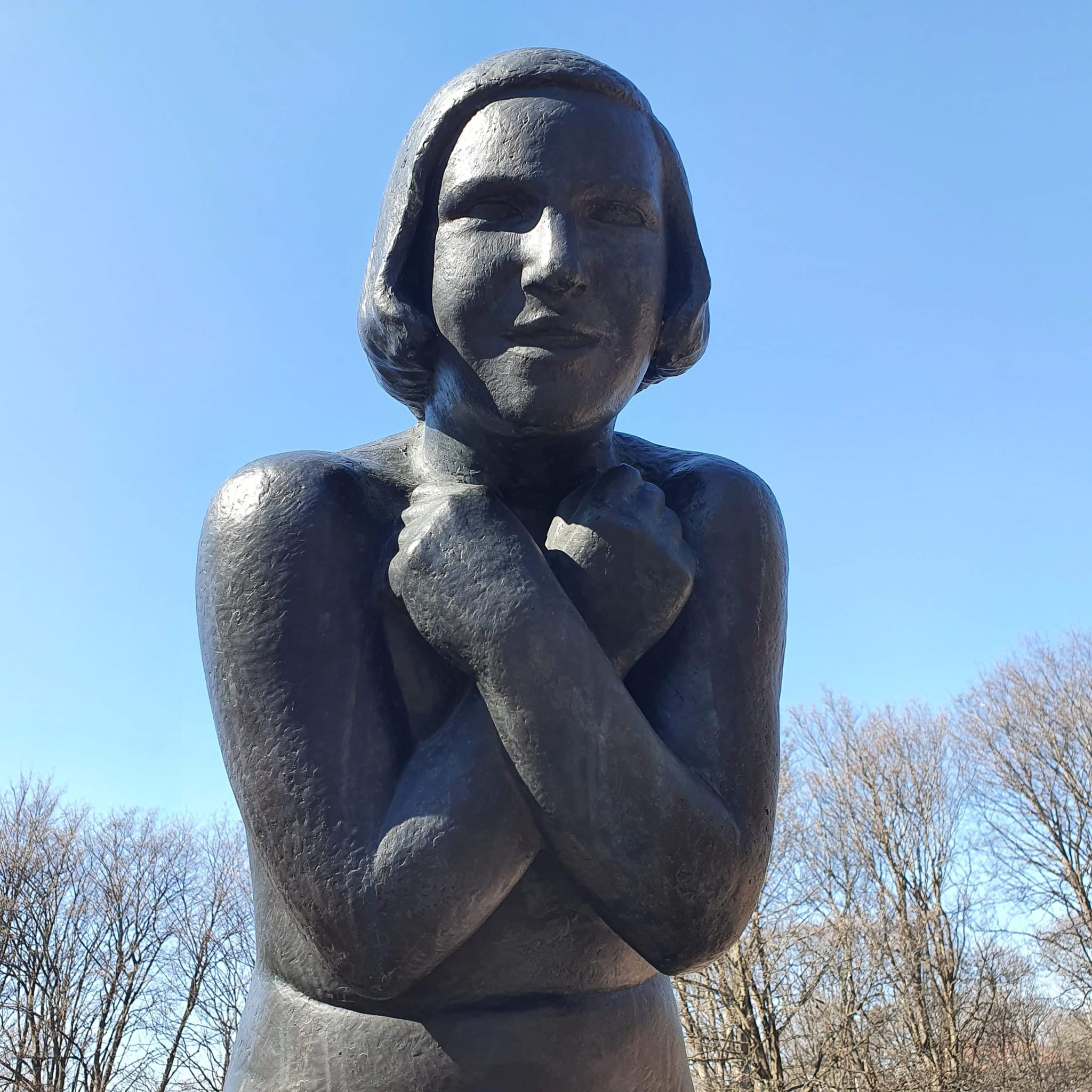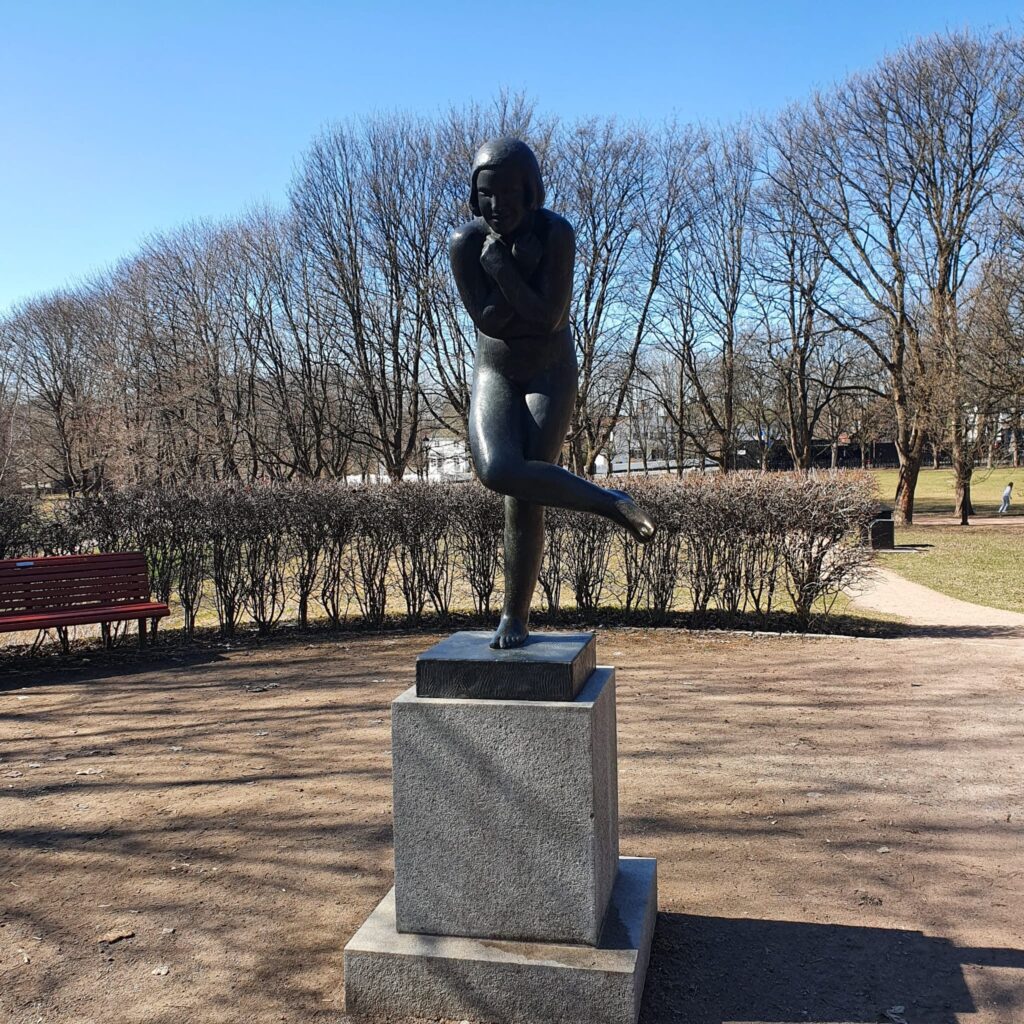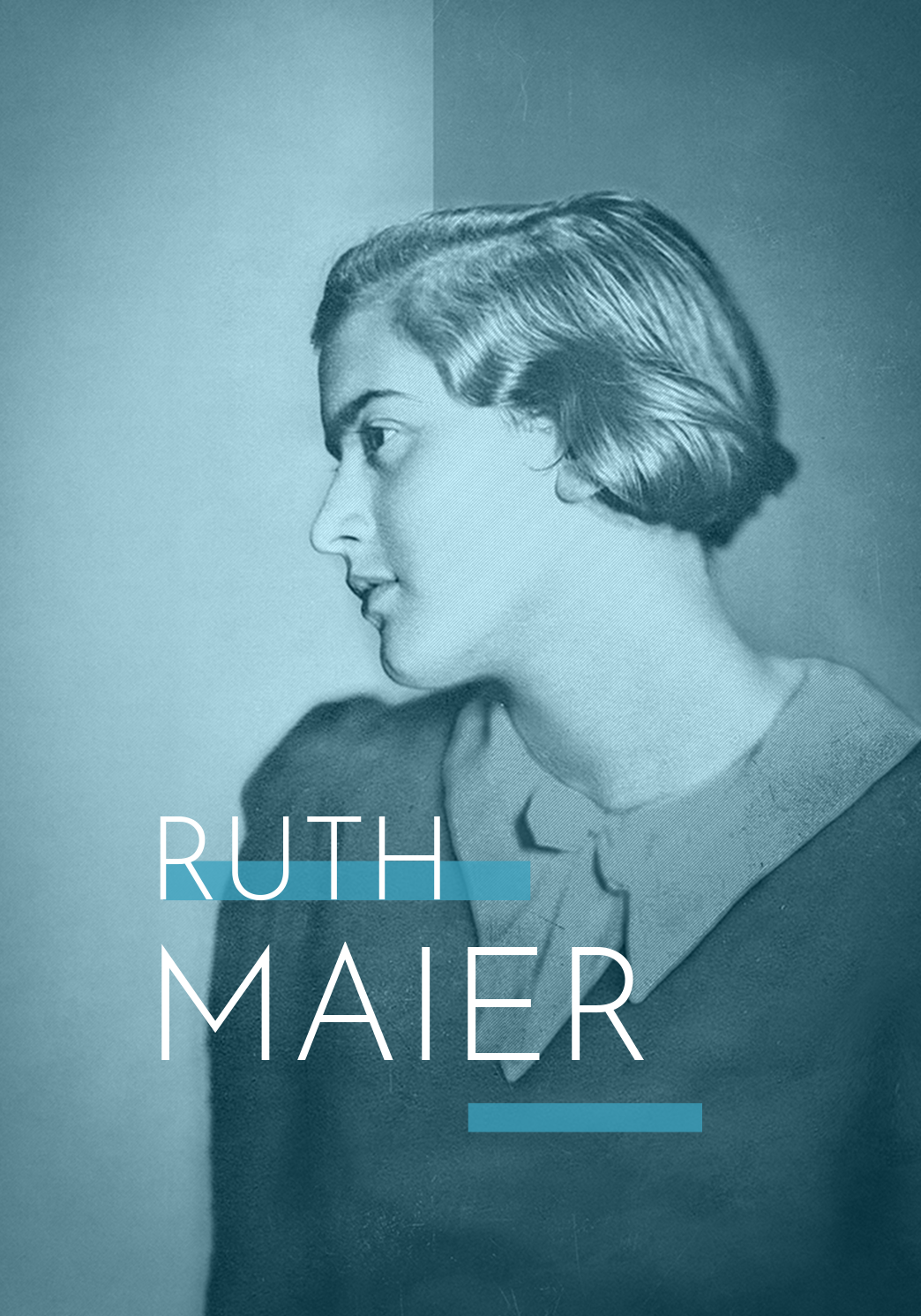10 XI 1920, Vienna — 1 XII 1942, KL Auschwitz-Birkenau
Biography
Ruth Maier wrote letters and diaries in German, describing her war experiences in Austria and Norway. Her writings and watercolors were discovered in the 1990s and first published in 2007, and these have been integrated into Norway’s documentary Heritage, a part of UNESCO’s Memory of the World.
She was born on 10 November 1920 in Vienna to an assimilated Jewish family. Her father held a senior position in the Austrian postal and telegraph service. Thanks to his contacts, Ruth managed to find refuge in Norway in 1939. She quickly learned Norwegian and befriended Gunvor Hofmo, a promising Norwegian poet. Ruth Maier was also a model who posed for the renowned sculptor Gustav Vigeland. She maintained contact with her sister, Judith, who managed to flee to England. Despite the distance and difficult circumstances, the sisters kept in touch with each other, regularly writing letters.
On 26 November 1942, Ruth Maier was arrested by the Norwegian police and on the same day boarded the SS Donau cargo ship, headed for Nazi Germany. She arrived at the Auschwitz-Birkenau concentration camp on 1 December and was immediately sent to the gas chamber.
Gunvor Hofmo kept her correspondence with Ruth, as well as the diaries Ruth wrote in Vienna and Oslo in the years 1933 -1942. The Norwegian poet attempted to publish Ruth’s writings during her lifetime, but to no avail. Gunvor Hofmo’s wish was first realized after her death when the texts were edited by the Norwegian poet, Jan Erik Vold, and ultimately published in 2007, along with letters written by Ruth to Judith. Ruth Maier’s writings tell the story of the deteriorating living conditions of the Jewish community, and contain her reflections on isolation, alienation, and identity. The texts are a moving testimony left by a young woman who deeply missed her family. Readers and critics have appreciated the high artistic level of Ruth Maier’s writings. In 2020, Ruth was commemorated in various Norwegian cities and her works have been incorporated into Norway’s documentary heritage, a part of UNESCO’s Memory of the World.
—
To a Colour („An eine Farbe”)
Translation into English: Jamie Bulloch
This is a story about a colour.
This is a story about a colour?
The Jew will bleed if you strike him.
Tilt the head to one side,
look elsewhere with timid eyes.
Wipe the blood away with the back of one’s hand.
Walk on, without turning round.
Walk on, without turning round.
It will bleed red from the wound you will tear open
when you fight for the fatherland
when you fight for freedom,
when you fight for justice.
It is nothing more than a red stripe,
running from the heart,
the heart or the forehead
which shows where you struck.
Nobody asks after the one who is dead.
He himself is silent,
so you can feel so safe.
He who has found his peace by applying
his own hand to himself bleeds red.
Exhausted grey men and women fall
from benches in small parks,
while drops fall from maltreted wrists.
Nobody says you are responsible for his death.
This was a story about a colour.
 Sculpture by Gustav Vigeland (Oslo). Ruth Maier was a model for this statue
Sculpture by Gustav Vigeland (Oslo). Ruth Maier was a model for this statue
 Sculpture by Gustav Vigeland (Oslo). Ruth Maier was a model for this statue
Sculpture by Gustav Vigeland (Oslo). Ruth Maier was a model for this statue
Ruth Maier wrote letters and diaries in German, describing her war experiences in Austria and Norway. Her writings and watercolors were discovered in the 1990s and first published in 2007, and these have been integrated into Norway’s documentary Heritage, a part of UNESCO’s Memory of the World.
She was born on 10 November 1920 in Vienna to an assimilated Jewish family. Her father held a senior position in the Austrian postal and telegraph service. Thanks to his contacts, Ruth managed to find refuge in Norway in 1939. She quickly learned Norwegian and befriended Gunvor Hofmo, a promising Norwegian poet. Ruth Maier was also a model who posed for the renowned sculptor Gustav Vigeland. She maintained contact with her sister, Judith, who managed to flee to England. Despite the distance and difficult circumstances, the sisters kept in touch with each other, regularly writing letters.
On 26 November 1942, Ruth Maier was arrested by the Norwegian police and on the same day boarded the SS Donau cargo ship, headed for Nazi Germany. She arrived at the Auschwitz-Birkenau concentration camp on 1 December and was immediately sent to the gas chamber.
Gunvor Hofmo kept her correspondence with Ruth, as well as the diaries Ruth wrote in Vienna and Oslo in the years 1933 -1942. The Norwegian poet attempted to publish Ruth’s writings during her lifetime, but to no avail. Gunvor Hofmo’s wish was first realized after her death when the texts were edited by the Norwegian poet, Jan Erik Vold, and ultimately published in 2007, along with letters written by Ruth to Judith. Ruth Maier’s writings tell the story of the deteriorating living conditions of the Jewish community, and contain her reflections on isolation, alienation, and identity. The texts are a moving testimony left by a young woman who deeply missed her family. Readers and critics have appreciated the high artistic level of Ruth Maier’s writings. In 2020, Ruth was commemorated in various Norwegian cities and her works have been incorporated into Norway’s documentary heritage, a part of UNESCO’s Memory of the World.

